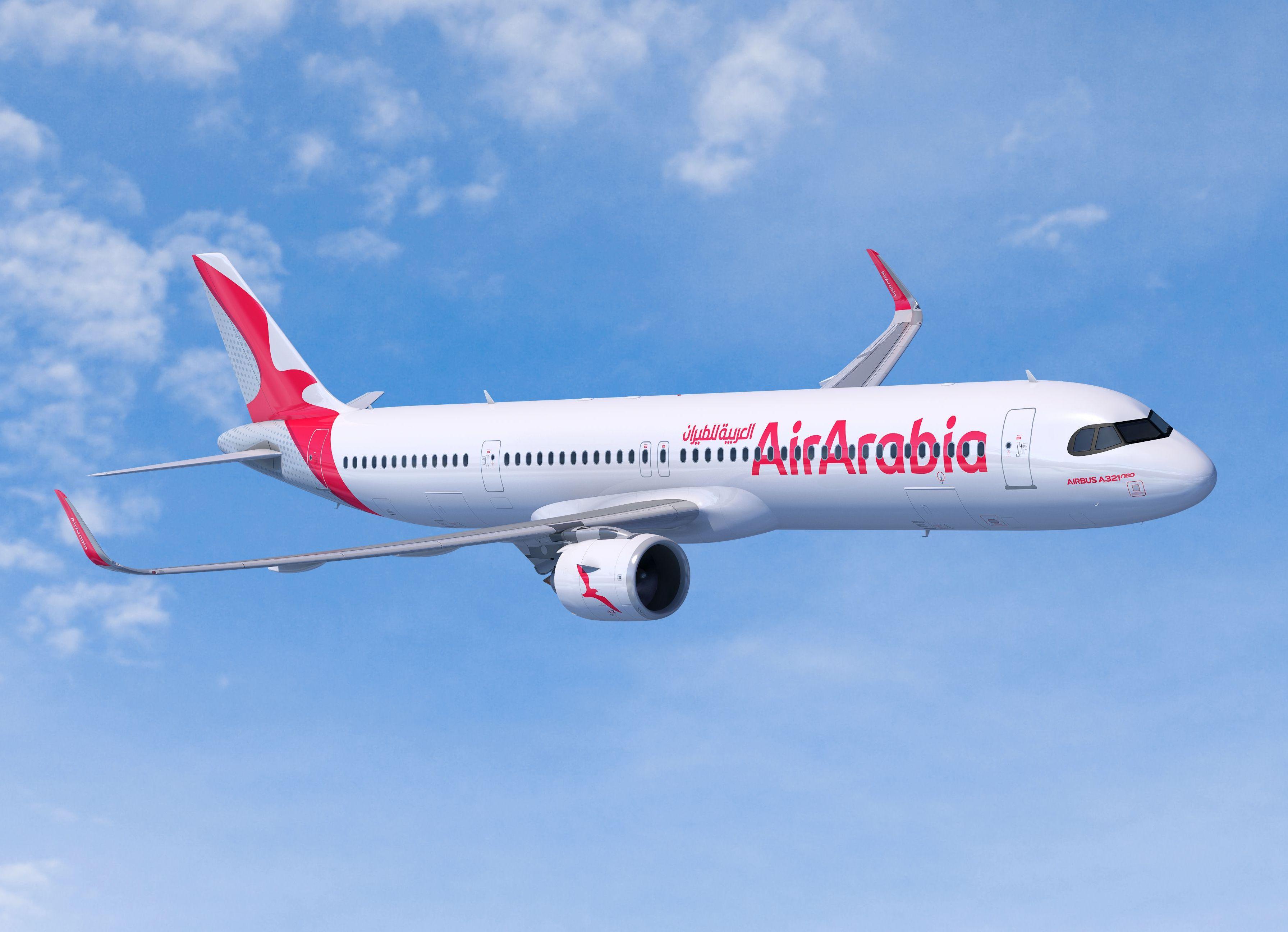
DUBAI—Commercial aviation is just beginning to dig itself out of the worst downturn the industry has ever seen, but Airbus is convinced that demand for new aircraft is fundamentally unchanged.
In its first global market forecast (GMF) for two years—after pausing the outlook due to the pandemic—Airbus sees a market for 39,020 new aircraft until 2040, almost the same number as predicted two years ago (39,210).
Because of the pandemic, the industry has simply lost two years of traffic growth, and will now revert to the pre-crisis trends, according to Airbus Chief Commercial Officer Christian Scherer who was speaking Nov. 13 on the release of the GMF. He predicts that traffic will fully recover between 2023 and 2025—an assumption that he described as a “pretty conservative projection.” Also, Airbus now assumes that air traffic will grow by an average of 3.9% annually over the next 20 years. Two years ago, it saw a faster rate at 4.3%.
However, that will not translate into a lower number of orders, according to the Airbus forecast. That is because airlines will use a higher share of the new deliveries to replace existing aircraft. The 40% share predicted now is a significant increase over the roughly 33% forecast two years ago.
The change is due to higher environmental pressure, which in turn is leading to a 2-3 year reduction in the average age at which aircraft are being retired. Airbus now expects aircraft to be taken out of passenger service on average when they are 22-23 years, down from 24-25 years. “As economies and air transport mature we see demand increasingly driven by replacement rather than growth,” Scherer said. “Replacement being today’s most significant driver for decarbonization. The world is expecting more sustainable flying and this will be made possible in the short-term by the introduction of the most modern airplanes.”
According to the GMF, 23,770 aircraft will be used for growth (2019: 25,000) while the replacement market is now 15,250 aircraft (2019: 14,210). Of the aircraft currently in service, 7,700 will still be flying 20 years from now.
There is no significant shift between the aircraft size and range categories compared to the last GMF edition. Airbus is splitting the market into the small (A220, A320 family), medium (A321XLR, A330neo) and large (A350) categories. The manufacturer expects airlines to buy 29,690 small aircraft, 5,340 in the medium category and 3,990 large aircraft.
There is a noticeable shift in the demand for freighters: Airbus now believes that the in-service fleet will grow by 950 units to 2,980 aircraft. Combined with the need to replace ageing cargo aircraft, that translates into demand for 2,440 aircraft, according to the manufacturer. A large part of the freighter market will also be served by converted passenger jets. Scherer said Airbus will “soon” announce firm orders for the recently launched A350F. He stressed that “it will be a much better aircraft than a [potential Boeing 777XF].” Scherer also indicated that Airbus is “looking at building other dedicated freighters” but is focusing on the A350-based aircraft for now.
Future demand of passenger and freighter aircraft is strongly focused on the Asia-Pacific region and China. Together these two markets will demand 17,600 new aircraft, more than twice of what Airbus predicts for Europe (6,560) or North America (6,420). Airlines in the Middle East will require 3,020 new aircraft over the next 20 years, Latin American carriers 2,460 and African airlines 1,100 units.
